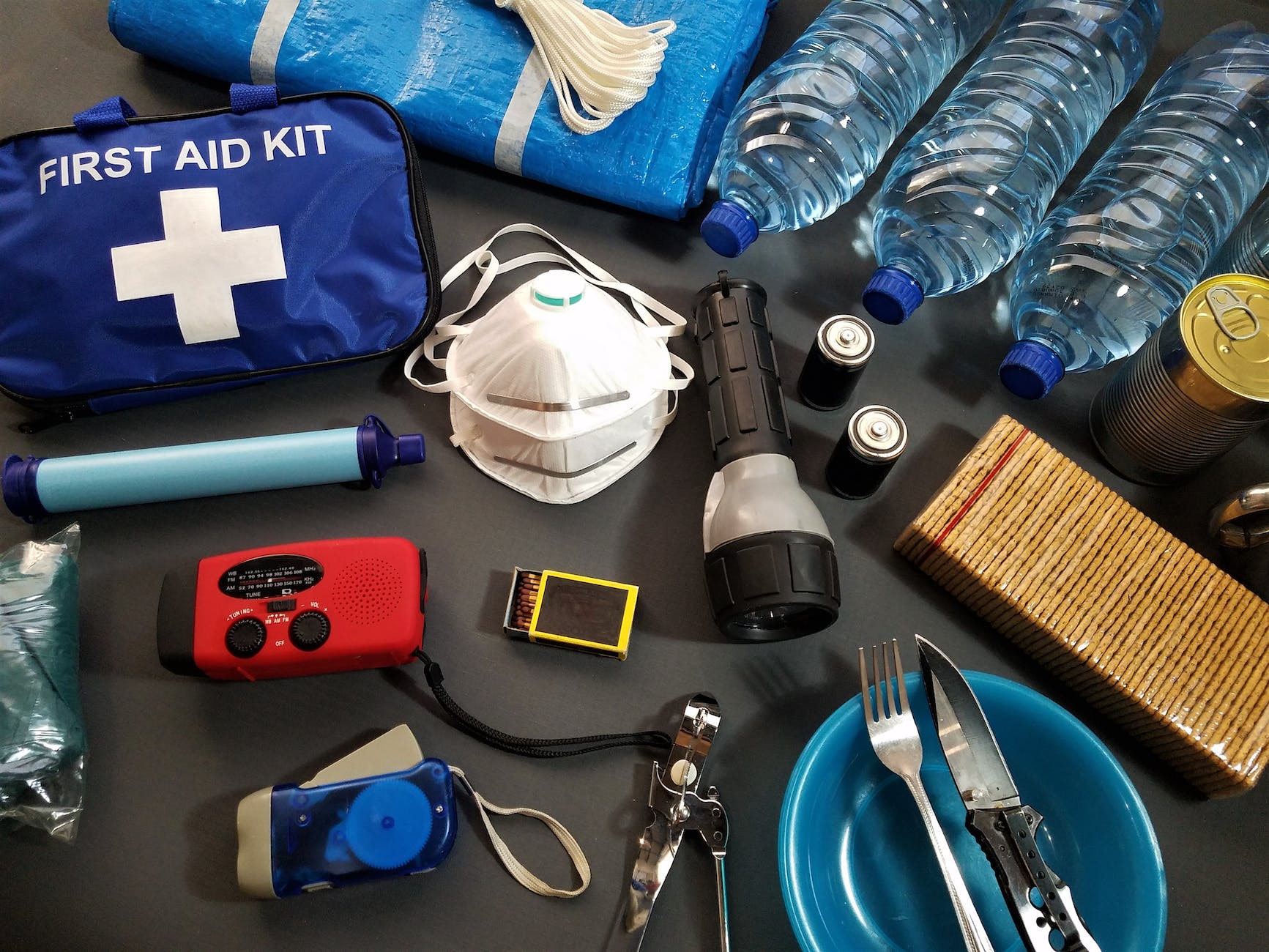
Emergency Medical Kit: First Aid
In today’s fast-paced world, having access to an emergency medical kit is not only a smart decision but also a potentially life-saving one. Accidents and unexpected medical situations can occur at any time, and being prepared with the right tools and knowledge can make all the difference. In this article, we will delve into the importance of an emergency medical kit and provide you with a comprehensive guide on what to include in one.
Introduction
Accidents happen unexpectedly, and having an emergency medical kit on hand can mean the difference between a minor inconvenience and a major crisis. Whether you’re at home, in the car, or exploring the great outdoors, having the right tools can help stabilize a situation until professional help arrives.
Why Do You Need an Emergency Medical Kit?
Life is unpredictable, and medical emergencies can arise when least expected. Having an emergency medical kit ensures that you’re prepared to provide immediate care to yourself and others. It can buy crucial time until medical professionals are available.
Essential Items for Your Emergency Medical Kit
Bandages and Dressings
Including a variety of bandages and dressings in your kit is essential. Different sizes and types of bandages can help cover and protect wounds, reducing the risk of infection.
Antiseptics and Disinfectants
Cleaning and disinfecting wounds are vital to prevent infections. Antiseptics like hydrogen peroxide and disinfectants like alcohol wipes should be included.
Medical Tools
Your kit should contain basic medical tools such as scissors, tweezers, and a thermometer. These tools enable you to handle a range of situations effectively.
Medications
Common over-the-counter medications like pain relievers, antihistamines, and anti-inflammatory drugs can provide immediate relief in various situations.
Emergency Contact Information
Always have a list of emergency contacts, including family members, doctors, and local hospitals. This information can be crucial for medical professionals during an emergency.
Customizing Your Kit for Specific Needs
Different situations require different items. Customize your kit based on your family’s needs, whether it’s catering to children, outdoor activities, or travel.
Family with Children
If you have children, consider including items like pediatric medications, baby wipes, and child-friendly bandages.
Outdoor Enthusiasts
For those who love the outdoors, adding items like insect repellent, blister pads, and a snakebite kit can be invaluable.
Travelers
Travel-sized essentials such as motion sickness medication, sunscreen, and travel-sized first aid items are essential for travelers.
Maintaining and Updating Your Kit
Regularly check the contents of your kit to ensure that items haven’t expired and are in good condition. Update it according to changing needs.
Basic First Aid Procedures Everyone Should Know
CPR (Cardiopulmonary Resuscitation)
CPR is a life-saving technique that can sustain a person until medical help arrives. Learn the proper technique through certified courses.
Heimlich Maneuver
Knowing how to perform the Heimlich maneuver can help save someone choking on food or a foreign object.
Treating Cuts, Scrapes, and Burns
Understanding how to clean, dress, and provide initial care for minor cuts, scrapes, and burns is essential.
When to Seek Professional Help
While an emergency medical kit is helpful, it’s vital to know when to seek professional medical assistance. If a situation is beyond your capabilities, don’t hesitate to call for help.
Staying Calm in Emergency Situations
The Importance of Remaining Calm
Staying calm is crucial during emergencies, as it allows you to think clearly and make sound decisions.
Guidelines for Keeping a Clear Mind
Take deep breaths, assess the situation, and prioritize tasks. Panicking can hinder effective decision-making.
Training and Education
Consider taking first aid courses to enhance your knowledge and confidence in providing emergency care. Online resources also offer valuable information.
Conclusion
An emergency medical kit is a must-have for any household. It empowers you to respond effectively in unexpected medical situations, potentially saving lives. Remember to customize your kit, stay informed about basic first aid procedures, and always seek professional help when needed.
Bleeding Control: A Guide to Managing and Responding to Bleeding Incidents
Rescue Procedures: Ensuring Safety and Preparedness
FAQs
- How often should I update my emergency medical kit? Regularly check your kit every six months and replace expired items.
- Can I use my emergency medical kit for pets as well? While some items might be useful, it’s recommended to have a separate kit for pets.
- Are online first aid courses credible? Yes, many reputable organizations offer comprehensive first aid courses online.
- Is it necessary to include prescription medications in the kit? It’s best to consult with a medical professional regarding prescription medications.
- Can I create a mini kit to carry in my purse or backpack? Absolutely, a compact kit with essentials is a great idea for on-the-go preparedness.